Brazil is a massive and diverse country — the fifth largest in the world by area. With vibrant cities, remote beaches, tropical rainforests, and historical towns spread across vast distances, knowing how to get around efficiently is key to making the most of your visit.
In this guide, we’ll break down all the major transportation options in Brazil for tourists, from domestic flights to regional buses, and offer tips to stay safe, save money, and travel smart.
🌍 Domestic Flights: Best for Long Distances
Brazil is so big that flying is often the most practical option for long-distance travel. Going from Rio de Janeiro to Manaus or São Paulo to Recife? You’ll want to fly.
Major Airlines in Brazil:
- GOL Linhas Aéreas
- LATAM Brasil
- Azul Linhas Aéreas
Domestic flights are usually affordable if booked in advance. Prices spike closer to departure dates, especially around holidays like Carnival or New Year’s.
Pro Tip: Use flight comparison tools like Trip.com to score cheap tickets in English without needing a CPF (Brazilian tax ID).
🚌 Intercity Buses: Comfortable and Budget-Friendly
If you’re traveling between cities or regions and have time to spare, Brazil’s long-distance bus system is reliable and surprisingly comfortable.
Top Bus Companies:
- 1001 (coastal routes)
- Itapemirim
- Real Expresso
- Expresso Guanabara (northeast Brazil)
Buses often offer reclining seats, air conditioning, bathrooms, and charging ports. You can travel overnight and save on hotel costs.
Ticketing Tip: Buy tickets directly at bus terminals or use apps like ClickBus or Busbud. Many don’t accept foreign cards, so carry cash or book in person.
🚗 Ride-Sharing Apps: Convenient in Cities
Ride-hailing services are widely used in Brazil, particularly in urban areas. They’re often safer and cheaper than flagging down taxis.
Most Popular Apps:
- Uber (nationwide)
- 99 (local version of Uber, often cheaper)
- InDriver (you propose the fare)
Always confirm the car’s license plate and driver’s name before getting in. It’s common to sit in the front seat in Brazil, especially if traveling solo.
Safety Tip: Use a Portable Door Lock or Door Stop Alarm at your accommodation for peace of mind.
🛼 Metro and Public Buses: Budget Urban Transport
Major cities like Rio de Janeiro, São Paulo, and Recife have metro systems and extensive bus networks. They’re affordable and can be safe during the day.
- Metro is faster and more efficient.
- Public Buses reach more areas but can be crowded and slow.
You can use reloadable transport cards to avoid carrying cash. Google Maps and Moovit are excellent tools for navigating routes.
Caution: Avoid public transport late at night or in less secure neighborhoods. Always keep your valuables safe with an Anti-Theft Backpack.
🚊 Renting a Car: Great for Exploring Small Towns
If you’re traveling to remote beaches, mountains, or smaller towns like Chapada Diamantina or Pipa, renting a car can offer more freedom.
What You Need:
- Valid passport
- Driver’s license from your home country
- Credit card (some agencies require an international driver’s permit)
Drive cautiously. Many roads are unpaved, and traffic laws vary by state.
Security Tip: Don’t leave valuables in the car. Use Apple AirTags to track your luggage and rental gear.
🚍 Taxis: Use with Caution
Taxis are available in most cities but are typically more expensive than ride-shares. Not all drivers use the meter or speak English.
Always:
- Choose official taxi stands
- Confirm the meter is running
- Avoid unsolicited taxis at airports or bus stations
Money Tip: Use Wise or Remitly to transfer money affordably. Avoid airport currency exchange rates.
🚪 Ferries and Boats: Coastal & Amazon Adventures
In coastal regions and the Amazon basin, boats are a key mode of transport. You can island-hop in Bahia, cross bays in Rio, or journey along the Amazon River.
Popular Routes:
- Belém to Manaus (multi-day riverboat)
- Salvador to Itaparica Island (fast ferries)
- Paraty to Saco do Mamanguá (boat taxis)
Be sure to research boat schedules in advance and prepare for basic conditions on longer routes.
⌛ Travel Time Tips
Brazil’s scale is often underestimated. A few key things to remember:
- A “short” trip might take 5+ hours
- Weather can delay flights
- Roads can be rough in rural areas
- Travel early in the day when possible
Use apps like Rome2Rio to estimate time and costs between destinations.
Battery Tip: Keep your phone charged with a Portable Charger, especially during long journeys.
🔌 Stay Connected on the Go
Connectivity is key when navigating a foreign country. Instead of juggling SIM cards, use Airalo eSIM for affordable mobile data without the hassle.
Also, protect your data on public Wi-Fi with NordVPN.
Final Thoughts: Choosing the Best Option for You
Whether you’re hopping between cities, exploring the Amazon, or spending a month beach-hopping in the Northeast, Brazil offers a wide range of transportation options to match every budget and travel style.
Plan smart, book ahead when possible, and always prioritize safety and comfort. Brazil is a country best experienced in motion — and with the right tools, you’ll get around like a pro.

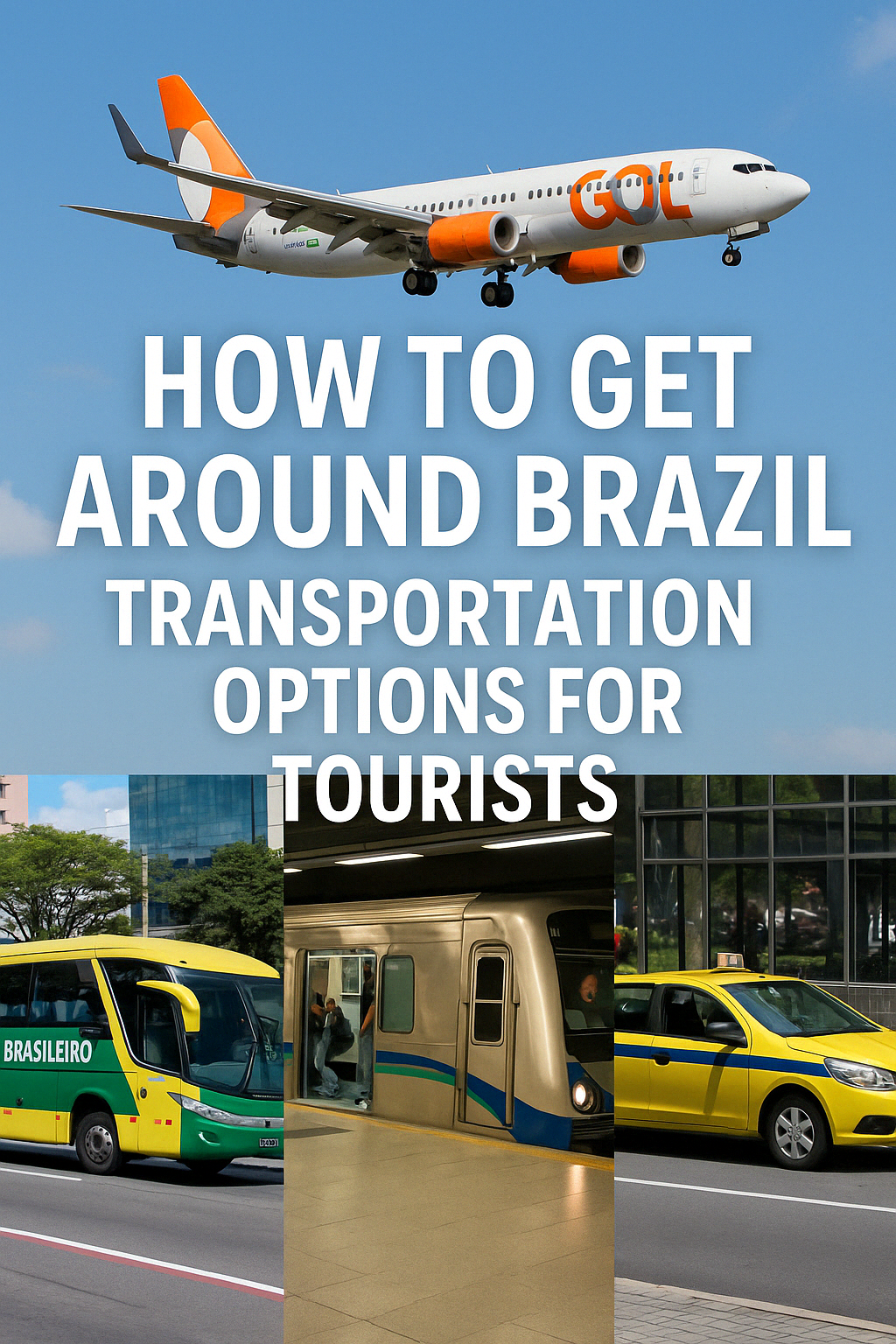
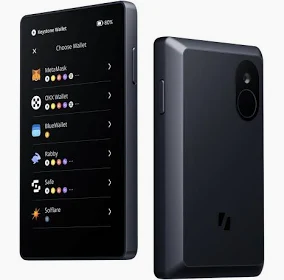

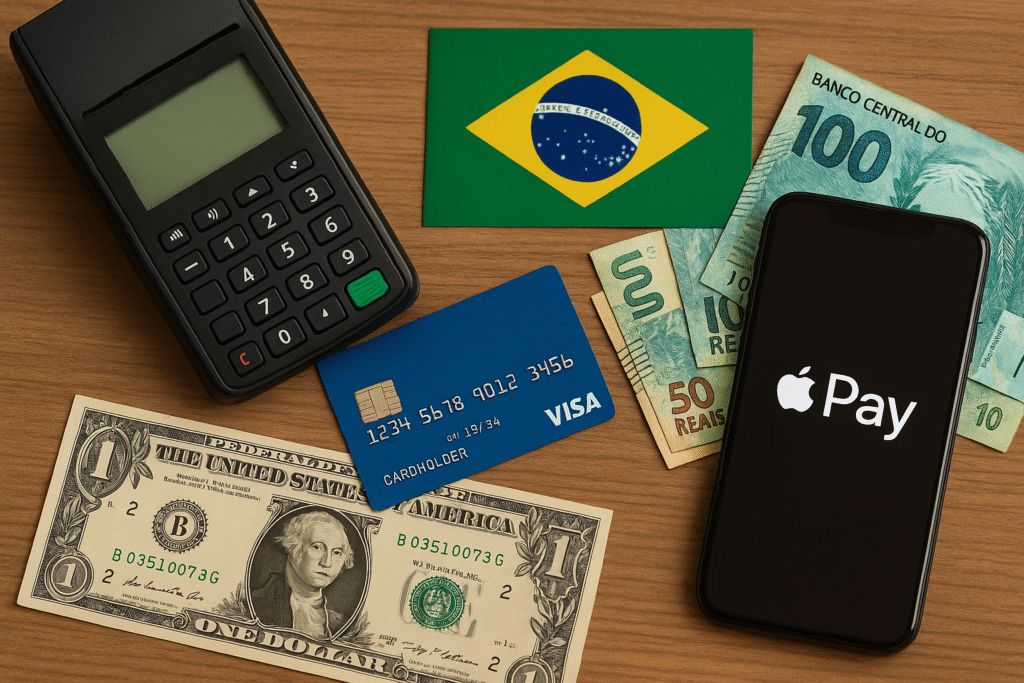

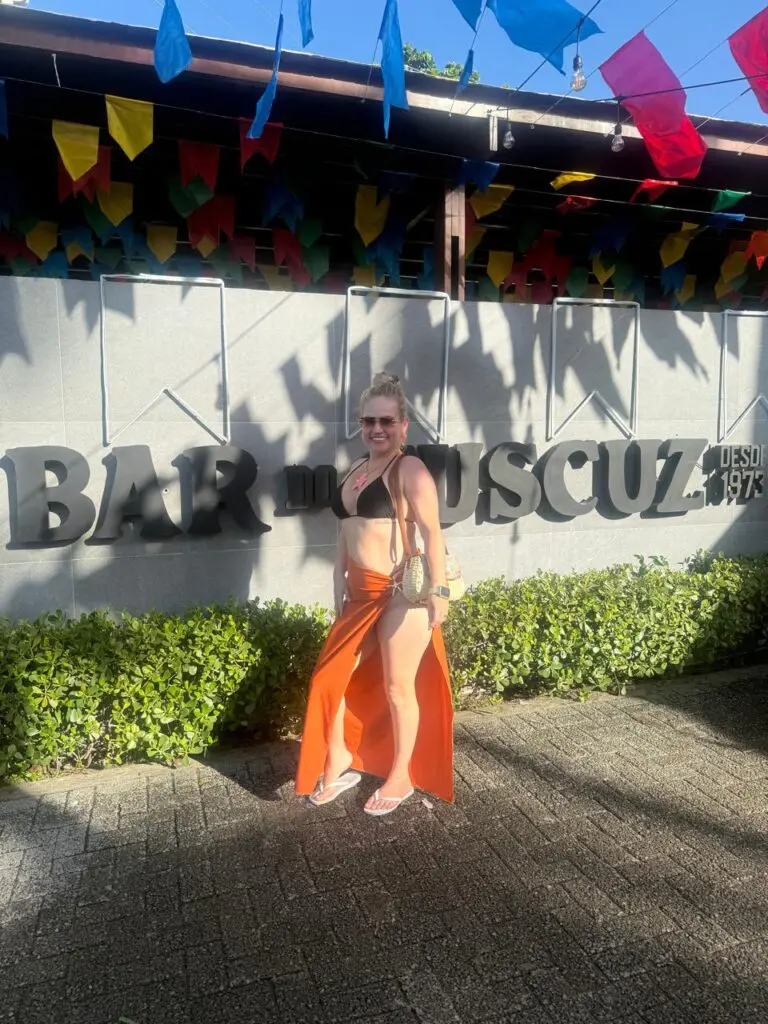
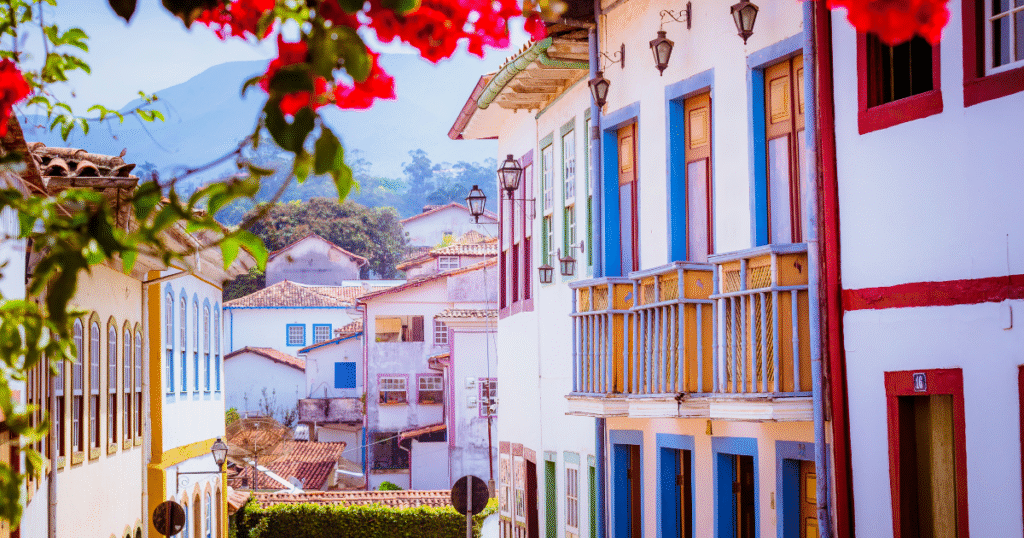

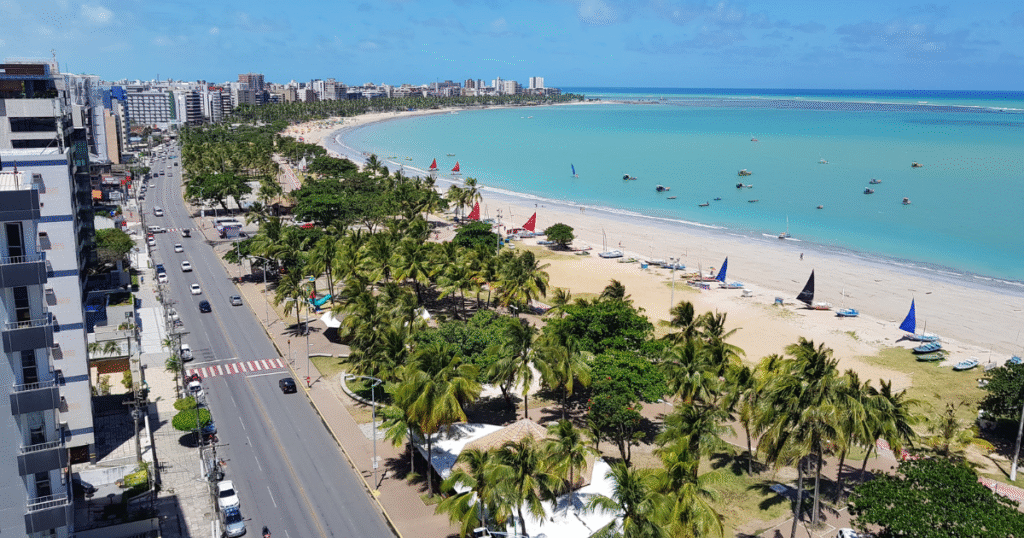



1 thought on “How to Get Around Brazil: Transportation Options for Tourists”
I have been exploring for a little bit for any high-quality articles or blog posts in this sort of space . Exploring in Yahoo I eventually stumbled upon this web site. Reading this info So i’m satisfied to express that I’ve a very good uncanny feeling I found out exactly what I needed. I so much definitely will make sure to do not forget this website and give it a look regularly.